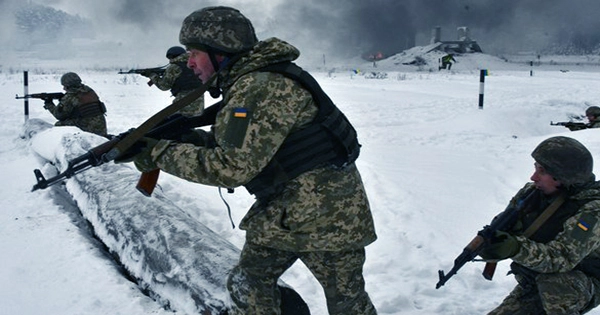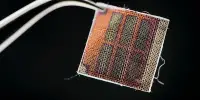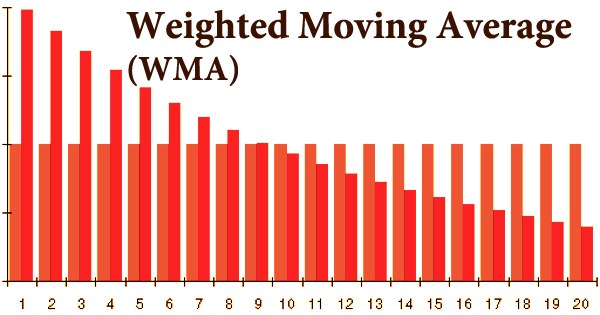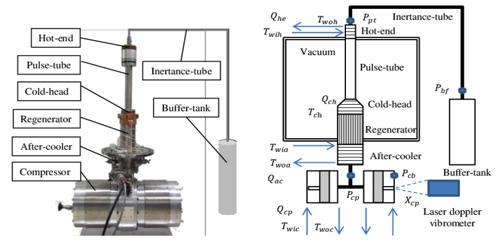The Ukrainian army has obtained a powerful Russian electronic warfare device, which might assist to uncover the secrets behind one of Russia’s most formidable pieces of military hardware. Ukraine Weapons Tracker shared a photograph on Twitter purporting to show a Krasukha-4 electronic warfare system taken by the Ukrainian Army at Makariv, just outside of Kyiv’s capital. As a crude sort of camouflage, the sophisticated equipment looks to have been discovered disconnected from its truck mount, covered in wood and tree branches.
The Krasukha-4 is a ground-based electronic warfare system developed by the KRET firm, which is controlled by the Kremlin. It has the ability to detect and jam radar on espionage satellites, planes, and drones. It may also disrupt GPS, radio, and phone signals, thereby obstructing foes’ communications. In principle, stationing the Krasukha-4 near Kyiv would make it more difficult for Ukrainian and foreign reconnaissance systems to monitor Russian soldiers near the city, which has seen severe fighting in recent weeks.
Not only does the technology stop aerial radar devices from studying the ground, but it may also cause autonomous drones to lose control and crash. It has a range of up to 300 kilometers (186 miles) and is so strong that it can harm communication equipment physically. The seizure of the Krasukha-4 has apparently piqued NATO’s interest in learning the secrets of this technology. According to the Telegraph, the electronic warfare device is reportedly being transferred by road to a US Air Force facility in Germany, where it will be flown to the United States for deeper examination by military engineers.
Russia is developing amazing electronic warfare capabilities against foreign satellites. The development of a range of movable ground-based technologies to interfere with the functions of both communications and radar reconnaissance satellites is at the heart of this endeavour.
There is also evidence of plans to use nuclear-powered satellites to conduct electronic warfare from space. Aside from that, work is continuing in Russia at several sites to build ground-based equipment to acquire signals intelligence on foreign satellites and, it appears, to shield Russia’s own fleet of satellites from outside electronic attack.
Electronic warfare (EW) is traditionally divided into three categories: electronic attack (offensive use of electromagnetic energy against an enemy’s combat capability), electronic protection (defense against an enemy’s electronic attack systems), and electronic warfare support (intelligence gathering on the enemy’s electronic systems). The creation of countermeasures against foreign technological reconnaissance systems, which has obviously increased in relevance in recent years, is a fourth factor added to that in a new Russian definition of electronic warfare.
Peresvet, for example, is a truck-mounted laser device that is likely meant to dazzle or blind optical reconnaissance satellites tracking the movements of mobile ICBM units. [2] While Peresvet is considered an electronic warfare system by certain definitions, this article will solely cover electronic warfare in the radio section of the electromagnetic spectrum.
















